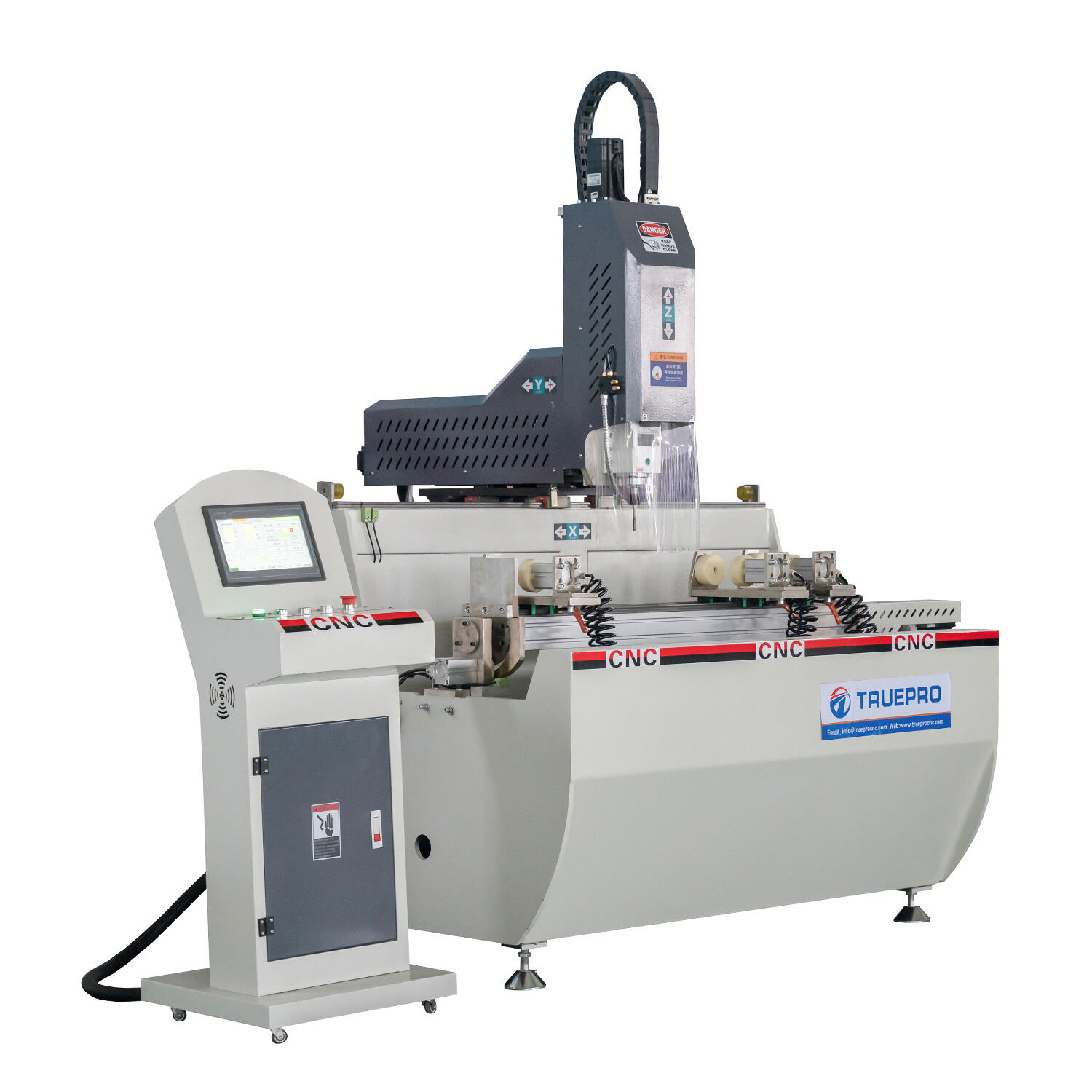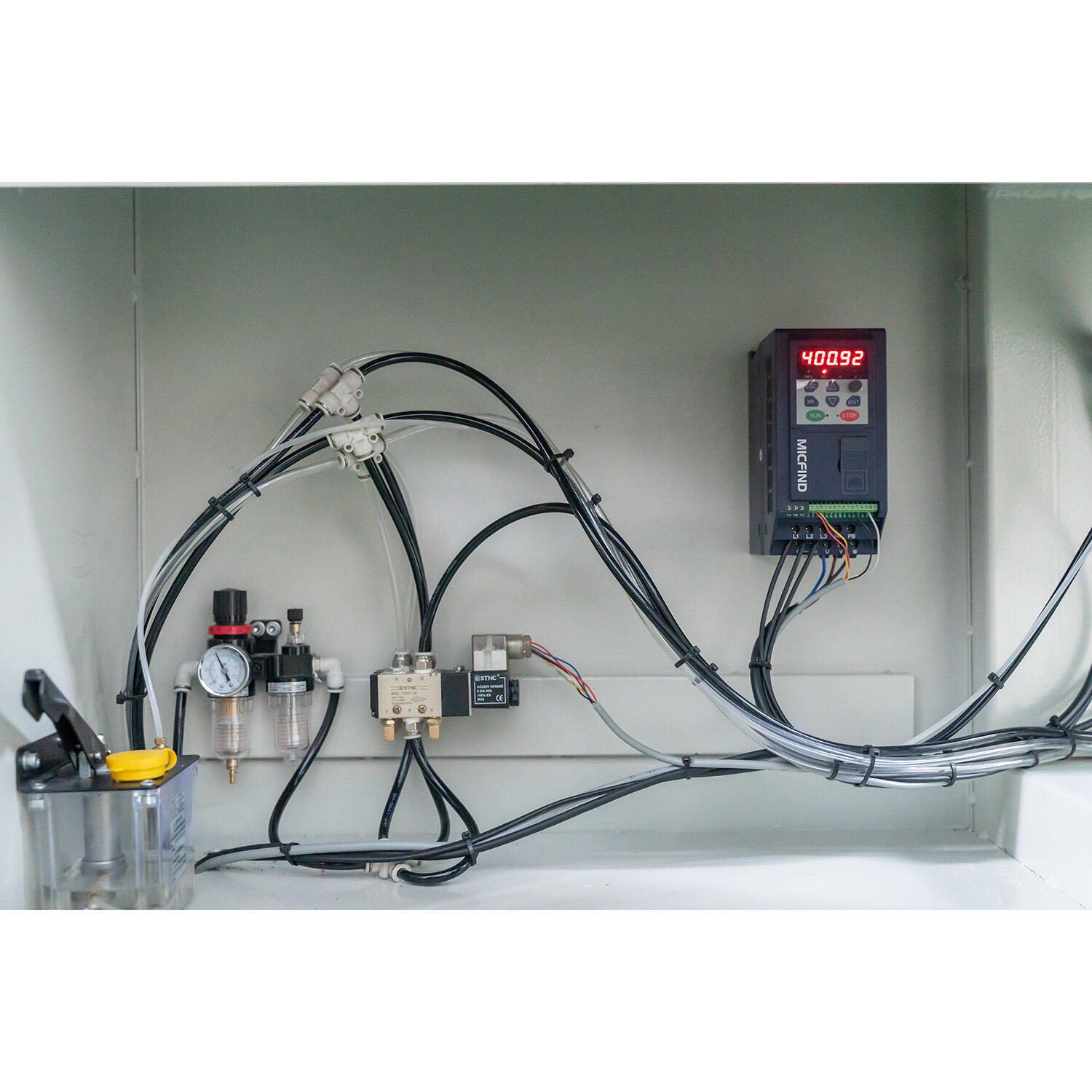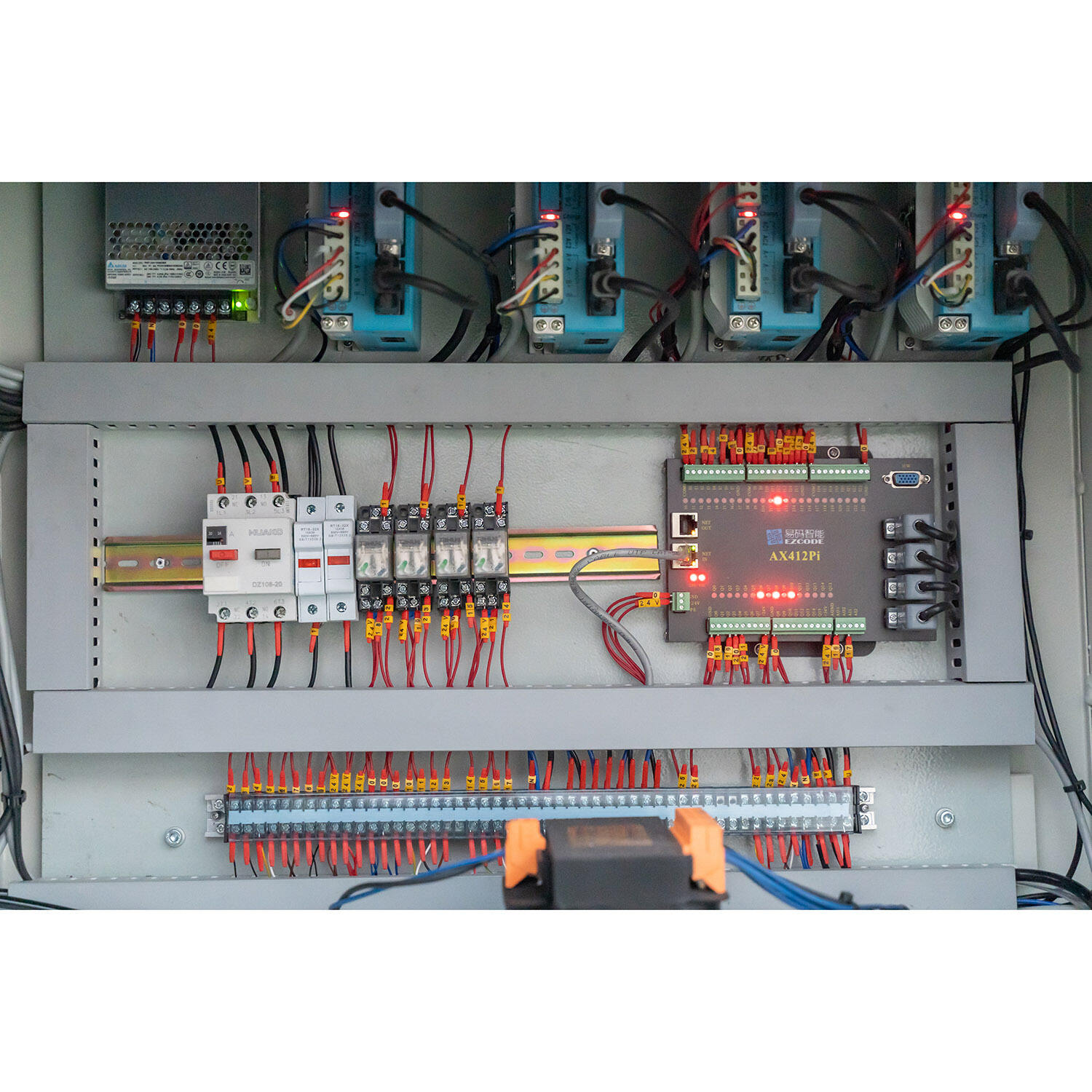Understanding Aluminum Machining Challenges and the Role of CNC Automation
Common precision challenges in aluminum window component fabrication
The high thermal conductivity of aluminum causes it to heat up quickly when being machined, which results in thermal expansion that might warp window profiles as much as 0.2mm if not properly controlled. Because aluminum is relatively soft compared to other metals, tools tend to wear out much quicker too, somewhere between 30 to 50 percent faster than with steel. What makes things worse is how sticky the material gets during cutting operations. Chips tend to stick to the tools, leading to more scratches on finished surfaces. And there's another problem worth mentioning: as aluminum gets worked on, especially during drilling processes, it actually becomes harder over time. This work hardening effect typically increases material hardness around 15 to 20 percent, which means shops frequently have to replace their cutting tools unexpectedly. Such unplanned interruptions definitely affect the precision of final dimensions in manufactured parts.
How CNC milling and drilling machines reduce human error and variability
Computer Numerical Control (CNC) machines cut down on inconsistencies by using sensors that constantly monitor and tweak spindle speeds, keeping them within about 2% of what's ideal. When it comes to cooling, these systems adjust fluid flow to keep things running at just the right temperature, usually staying within 5 degrees Celsius of where they need to be. That helps prevent warping from heat buildup which can ruin parts. What really stands out though is how automation handles tool paths. Gone are the days of human operators trying to position tools manually. Now we see hole alignments accurate to 0.03 millimeters in nearly all production batches. For something like aluminum window frames, this represents a massive leap forward compared to old school techniques. Manufacturers report around three and a half times better results when switching from manual to automated processes.

Precision Advantages of CNC Milling and Drilling Machines Over Manual Methods
Comparative Analysis: CNC vs. Traditional Drilling in Aluminum Machining
Modern CNC milling and drilling equipment can hit position marks as tight as plus or minus 0.001 inches, which is way better than what manual work can manage at around plus or minus 0.005 inches. That kind of difference matters a lot when it comes to keeping those tiny screw holes lined up properly on aluminum window frames. When we program these machines using CAD/CAM software, they follow exact paths without making the mistakes humans tend to make during drilling. The machines don't wander off course or mess with feed rates incorrectly, so the important sealing surfaces stay intact on all those window parts. This makes a real difference in how well finished products perform over time.
Repeatability and Consistency in High-Volume Aluminum Window Production
Modern CNC systems maintain deviations under 15 microns across batches exceeding 10,000 units. This consistency is enabled by servo-controlled axis movements that compensate for aluminum’s coefficient of thermal expansion (23.1 μm/m·°C), ensuring identical hole patterns regardless of environmental fluctuations or production scale.
Case Study: Improved Frame Hole Alignment Accuracy Using CNC Milling
A commercial curtain wall manufacturer reduced alignment errors by 78% after adopting CNC milling, achieving 98.7% positional accuracy across 2,500 custom window units. Real-time spindle load monitoring prevented tool deflection, which had previously caused 62% of sealing surface irregularities—highlighting CNC’s superiority in architectural aluminum processing.
Key Features of CNC Milling and Drilling Machines That Enable Micron-Level Accuracy
High-speed spindles for clean, burr-free cutting of aluminum profiles
High-speed spindles operating at 50,000—150,000 RPM reduce friction and heat generation during aluminum machining. These speeds enable cleaner cuts with surface roughness below Ra 0.8 μm, minimizing burrs that interfere with component fitment. Liquid-cooled spindle systems further enhance stability, ensuring consistent material removal over extended production cycles.
Advanced tool path control for complex window geometries
5-axis CNC systems use advanced interpolation algorithms to execute intricate curved cuts required in modern window designs. By optimizing cutter engagement angles and stepover distances, they achieve ±0.05 mm positional accuracy—even when machining deep pockets or thin-walled aluminum extrusions—enabling production of complex thermal break configurations without secondary finishing.
Integration of CAD/CAM software with CNC systems for exact replication
Closed-loop manufacturing integrates CAD (Computer-Aided Design) models with CAM (Computer-Aided Manufacturing) programming, translating digital specifications directly into precise machining parameters. This allows tolerances as tight as ±0.001 inches, meeting rigorous architectural certification standards for load-bearing window components. Automated toolpath verification prevents discrepancies between design intent and final output.
Real-time feedback and adaptive control in precision drilling operations
Modern CNC drilling machines now come equipped with laser measurement tools and force sensing technology that automatically tweak feed speeds and spindle pressure while running. These advanced systems can spot tiny deviations down to about 2 microns and fix them instantly, which helps account for things like worn cutting tools or variations in material quality. What this means in practice is that holes end up positioned with incredible accuracy, often within 0.01 mm tolerance across multiple panels. For manufacturers dealing with outdoor applications, this level of precision makes all the difference when it comes to ensuring products stay watertight and durable over years of exposure.
Balancing Cost and Long-Term Precision Gains in CNC Machine Investment
Cost-Benefit Analysis of CNC Milling and Drilling Machines for Aluminum Windows

While CNC systems entail higher initial investment—typically 20—40% more than conventional equipment—their precision delivers measurable returns. Industry data shows these machines reduce material waste by 50% through exact toolpath execution, with most investments recouped within 2—3 years. Key financial benefits include:
- 30—40% faster production cycles
- 0.02mm tolerance consistency across batches
- 95% reduction in alignment rework
A 2023 manufacturing survey found that 78% of window producers achieved ROI within 28 months due to lower scrap rates and improved order accuracy.
| Factor | Entry-Level CNC | Advanced CNC |
|---|---|---|
| Initial Cost | $80k—$120k | $180k—$300k |
| Accuracy Tolerance | ±0.1mm | ±0.02mm |
| Production Scale | Prototyping | 500+ units/month |
| Annual Maintenance | 12—15% | 8—10% |
Are Entry-Level CNC Systems Sufficient for High-Precision Fenestration Work?
Starting with entry level CNC machines makes sense for many shops looking to get into machining, though these basic models generally can't hit better than ±0.1mm accuracy. That's just not good enough when making windows that need tight ±0.05mm tolerances. According to research from last year in precision engineering circles, around two thirds of companies who invested in better equipment saw their return rates drop by roughly forty percent. When monthly production hits over 500 pieces, it really pays off to go with premium CNC milling and drilling setups. These higher end machines have stronger frames and built in temperature adjustments that keep those tiny measurements consistent even during long production runs without breaking a sweat.
Frequently Asked Questions
Why is aluminum difficult to machine?
Aluminum is difficult to machine because of its high thermal conductivity, which leads to thermal expansion, tool wear, chip adhesion, and work hardening, all of which affect precision during manufacturing.
How do CNC machines improve precision in aluminum machining?
CNC machines improve precision by reducing human error and variability through automation, consistent monitoring and control of spindle speeds and cooling, and exact tool path execution.
What are the cost benefits of using CNC machines for aluminum machining?
The precision of CNC machines reduces material waste, speeds up production cycles, and reduces alignment rework. Most investments in CNC machines see a return within 2-3 years, due to higher efficiency and accuracy.
Table of Contents
- Understanding Aluminum Machining Challenges and the Role of CNC Automation
- Precision Advantages of CNC Milling and Drilling Machines Over Manual Methods
- Key Features of CNC Milling and Drilling Machines That Enable Micron-Level Accuracy
- Balancing Cost and Long-Term Precision Gains in CNC Machine Investment

